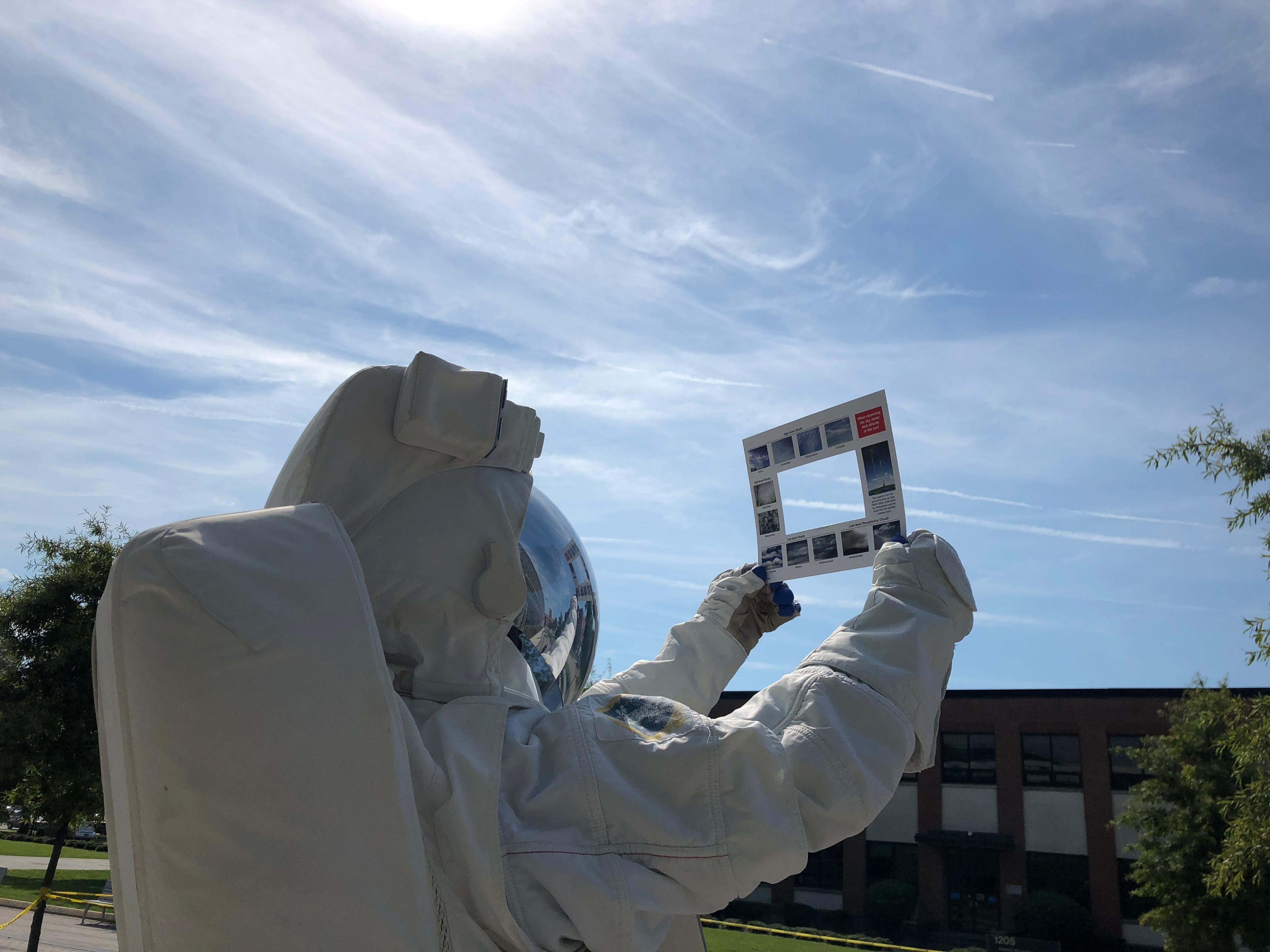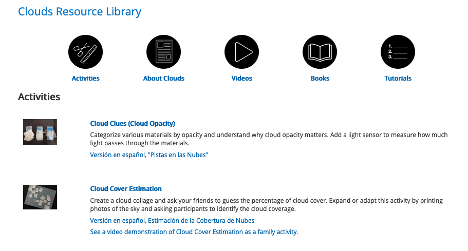NASA GLOBE Cloud Challenge 2022: Clouds in a Changing Climate - GLOBE Observer
NASA GLOBE Cloud Challenge 2022: Clouds in a Changing Climate
15 January to 15 February 2022
Short link to this page: https://observer.globe.gov/cloud-challenge-2022
Did you know that clouds can both warm and cool our planet? Keeping an eye on clouds helps NASA study our climate. We need your help capturing data about clouds where you live! The Global Learning and Observations to Benefit the Environment (GLOBE) Program invites you to take part in our upcoming Cloud Challenge: “Clouds in a Changing Climate.”

There are two ways to contribute to this citizen science effort:
GLOBE Clouds Observations
(1) Submit your own cloud observations using The GLOBE Program’s GLOBE Observer app. (Remember to always be safe and follow local guidelines while observing.) If you can, try to make observations during satellite overpasses, and help us reach our goal of 20,000 satellite matches during the challenge!
NASA GLOBE CLOUD GAZE
(2) You can also participate from the comfort of your home through NASA GLOBE CLOUD GAZE 
Read NASA Langley Research Center's feature story about the challenge 
Jump to: Videos during the challenge -- Explore the latest clouds observations -- Satellite matches -- The GOES-T Satellite -- Resources for families -- Resources for educators and facilitators
The NASA GLOBE Cloud Challenge 2022 has concluded. Download a customizable certificate of participation (PDF) or digital badge (PNG) to celebrate. And we have a special satellite match certificate (PDF) if you contributed data to help us get to our satellite match goal. Print or share on social media, and thanks for joining in!
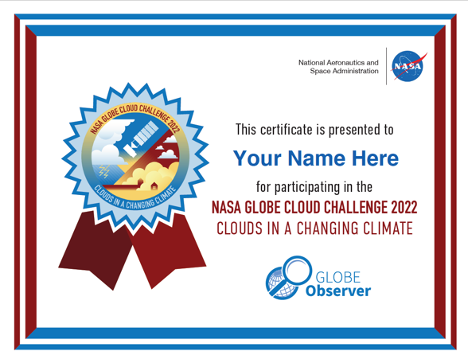 |
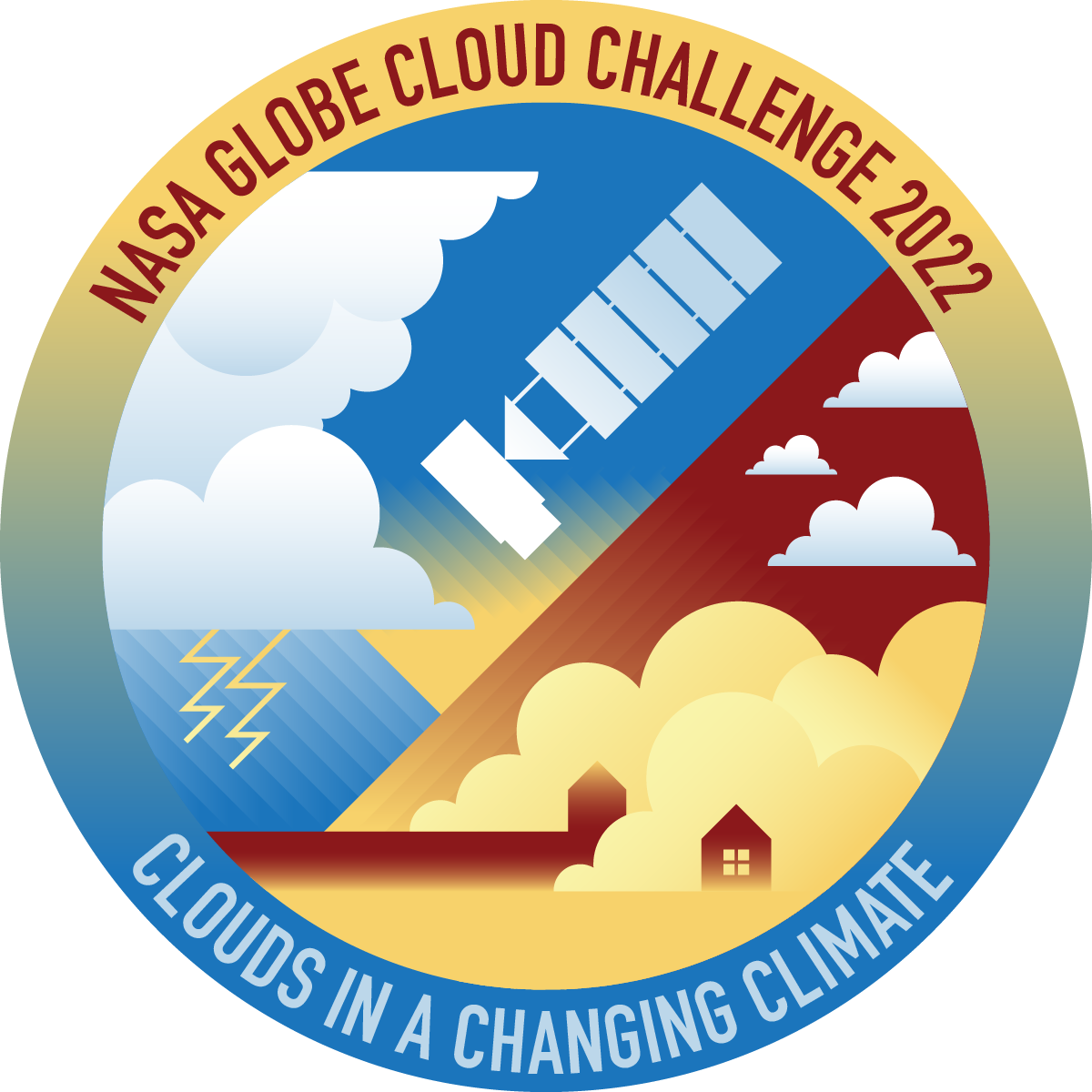 |
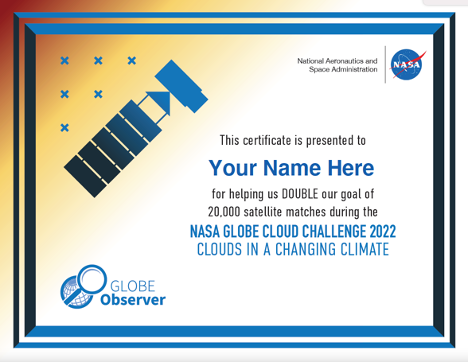 |
Special videos during the challenge:
This special video from the GLOBE Student Vloggers is all about the clouds and climate in their individual areas, as well as the changes seen over time. You can see all the episodes on the GLOBE Student Vloggers YouTube playlist 
You can also watch vlogger Carlos (Bronx, New York, USA) talk about making cloud observations using the GLOBE Observer app.
Look for an Instagram Reel to be released on The GLOBE Program's Instagram channel 
- 14 January - "Clouds in your everyday life" with Dr. Patrick Taylor

- 21 January - "Weather versus climate and The GLOBE Program" with Dr. Denise "Skye" Yost

- 28 January - "Not all clouds are the same" with Dr. Xia Cai

- 04 February - "Climate data and clouds" with Dr. Yolanda Shea

- 11 February - "How do satellites study clouds? (GOES-R)" with Dr. Daniel Lindsey

We also have two opportunities for webinars you can attend to learn more about the challenge and citizen science related to clouds and weather more generally.
- A kick-off webinar about the challenge hosted by the Los Angeles Public Library

- The American Meteorological Society's Weather Band is holding their first Community and Citizen Science Symposium

We will also have two activity videos debut:
- 02 February - A demonstration of the Sci Girls Cloud Clues activity, presented by Ms. Emily Hollyday and students from West End Secondary School
- 09 February - A demonstration of the Earth's Energy Budget and NASA GLOBE CLOUD GAZE

Explore the latest clouds observations:
Open the GLOBE Visualization System in a new tab. 
You can also view a dashboard 
Satellite matches:
While observations at any time can be helpful, those within fifteen minutes of a satellite overpass are especially helpful to scientists. During the month of the challenge, we are hoping to receive 20,000 observations that match to satellite data, working toward our goal of one million total matches made. You can read more about matching to satellites on our Cloud Science page, or check out the videos below.
How to Turn on Satellite Flyover Notifications
Learn how to turn on satellite flyover notifications for your current location.
Satellite Matching
Learn why satellite matches are important, and see an example of a satellite match.
The GOES-T Satellite:
A new satellite to observe clouds is launching soon! NOAA’s GOES-T 

Pacing Guide: Cloud Types Featuring NASA GLOBE CLOUD GAZE
A pacing guide for educators with one week's worth of content related to the question, "What are the different types of clouds in Earth’s atmosphere?" Includes relevant standards, background information, activities, and assessment options. Grade level: 3-6

Pacing Guide: Clouds and Energy Budget
A pacing guide for educators with one week's worth of content related to the question, "What is the role of clouds in Earth’s energy budget?" Includes relevant standards, background information, activities, and assessment option. Grade level: 6-12
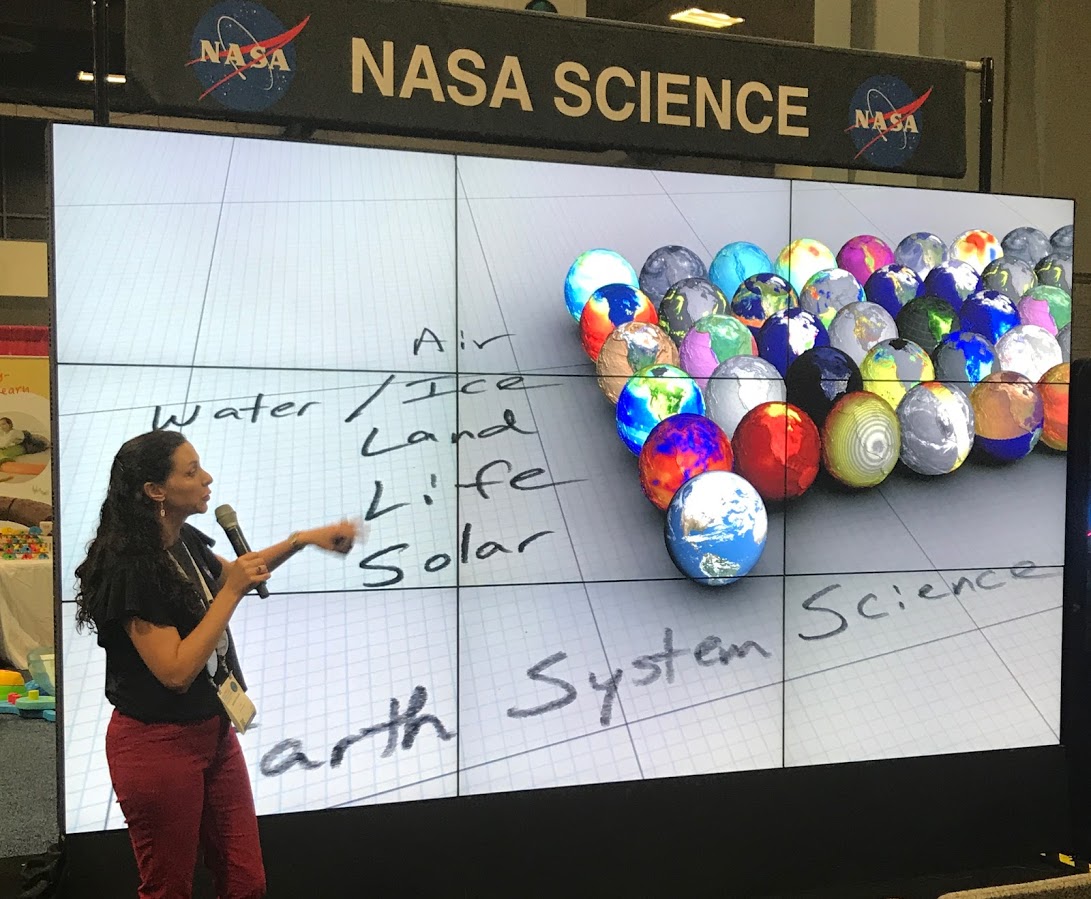
A playlist of five videos with experts explaining the science of clouds and the connections to citizen science, including Jessica Taylor, principal investigator for GLOBE Clouds, on "What is Citizen Science?" [4:08], Dr. Kristopher Bedka on "Clouds and Weather" [9:48], Dr. Patrick Taylor on "Clouds and Earth's Climate" [7:44], Dr. Kristina Pistone on "Clouds and Aerosols [5:24], Dr. J. Brant Dodson on "Clouds Research and Citizen Science" [7:40], and Dr. Bill Smith on “The Solar Terminator Problem” [8:16].

Activity Videos on GLOBE Clouds Website
A page of videos featuring activities related to the science of clouds video topics.











